Women, Armed Conflict, and International Law
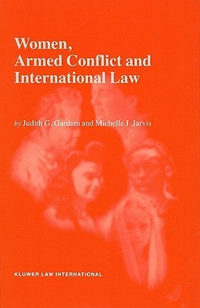
Summary
The role that gender plays in determining the experience of those caught up in armed conflict has long been overlooked. Moreover, the extent to which gender influences the international legal regime designed to address the humanitarian problems arising from armed conflict has similarly been ignored. In the early 1990s, prompted by extensive media coverage of the rape of women during the conflict in Bosnia Herzegovina, the international community was forced to critically examine the capacity of international law to respond to such crimes. The prevalence of sexual violence, is, however, merely one aspect of the distinctive impact of conflict on women. Although a range of factors influence the way individual women experience armed conflict, the endemic gender discrimination that exists in all societies is a common from Cambodia, where women land-mine victims are less likely to receive treatment for their injuries than are men; to South Africa, where women widowed during the Apartheid years have become outcasts in their own society. To date, the extent to which international law addresses the myriad of ways in which women are affected by armed conflict has received little attention.This work takes the experience of women of armed conflict, matches it with existing provisions of international law, and investigates reasons for the silence of the latter in relation to these events for women. It is the first broad-based critique of international humanitarian law from a gender perspective. The contribution of the United Nations, through its focus on human rights, to improving the protection of women in armed conflict is also considered. The authors underscore the need for new approaches to the issue of women and armed conflict, and canvass a range of options for moving forward.
Similar Books
-
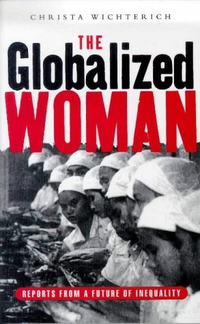 The Globalized Woman: Reports from a Future of Inequality
The Globalized Woman: Reports from a Future of Inequalityby Christa Wichterich
-
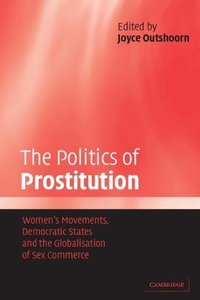
-
 Female Sex Trafficking in Asia: The Resilience of Patriarchy in a Changing World
Female Sex Trafficking in Asia: The Resilience of Patriarchy in a Changing Worldby Vidyamali Samarasinghe
-
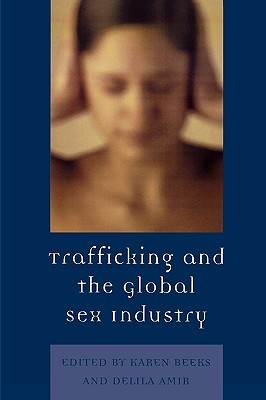
-
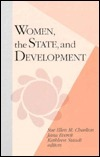 Women, the State, and Development
Women, the State, and Developmentby Sue Ellen M. Charlton
-

-
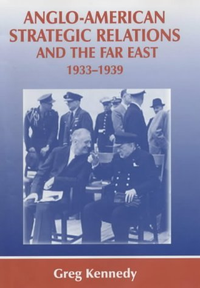
-
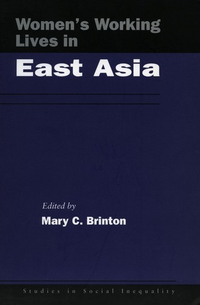 Women’s Working Lives in East Asia
Women’s Working Lives in East Asiaby Mary C. Brinton
-
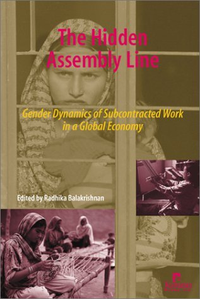 The Hidden Assembly Line: Gender Dynamics of Subcontracted Work in a Global Economy
The Hidden Assembly Line: Gender Dynamics of Subcontracted Work in a Global Economyby Radhika Balakrishnan
-
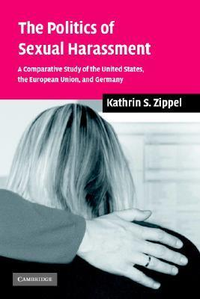
-
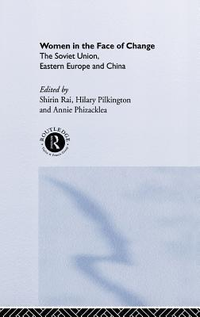 Women in the Face of Change: Soviet Union, Eastern Europe and China
Women in the Face of Change: Soviet Union, Eastern Europe and Chinaby Annie Phizacklea
-
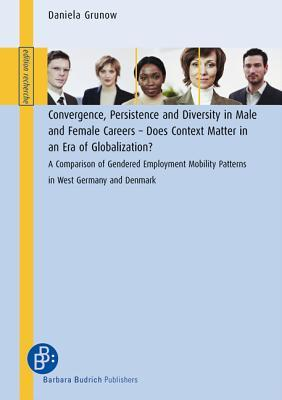
-
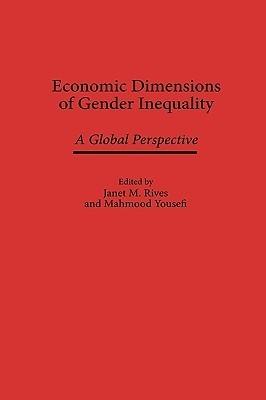 Economic Dimensions of Gender Inequality: A Global Perspective
Economic Dimensions of Gender Inequality: A Global Perspectiveby Janet M. Rives
-
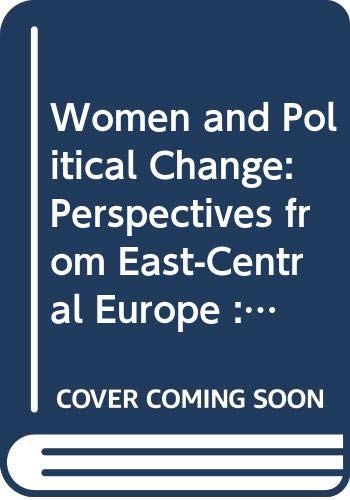 Women and Political Change: Perspectives from East-Central Europe : Selected Papers from the Fifth World Congress of Central and East European Studies, Warsaw, 1995
Women and Political Change: Perspectives from East-Central Europe : Selected Papers from the Fifth World Congress of Central and East European Studies, Warsaw, 1995by pol World Congress for Central and East European Studies 1995 Warsaw
-
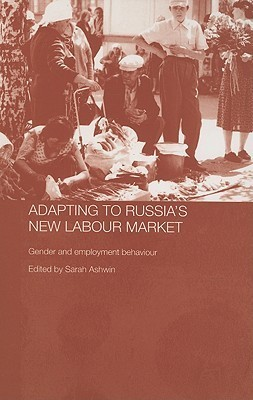
-
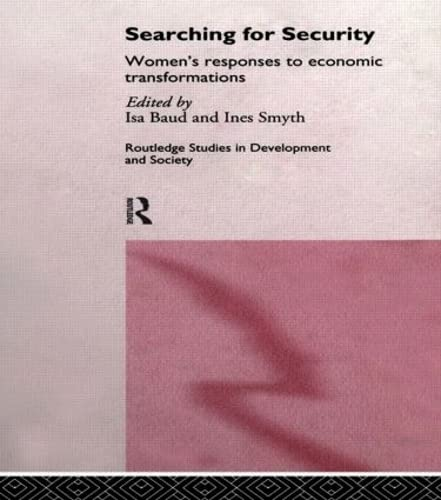
-
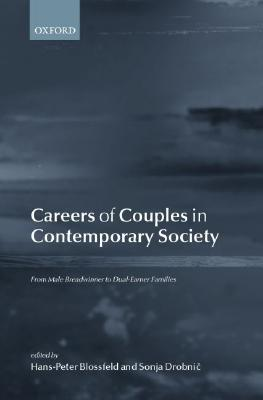 Careers of Couples in Contemporary Society: From Male Breadwinner to Dual-Earner Families
Careers of Couples in Contemporary Society: From Male Breadwinner to Dual-Earner Familiesby Hans-Peter Blossfeld
-
 Globalization, Uncertainty and Women’s Careers: An International Comparison
Globalization, Uncertainty and Women’s Careers: An International Comparisonby Hans-Peter Blossfeld
-
 WOMEN AND MARKET SOCIETIES: Crisis and Opportunity
WOMEN AND MARKET SOCIETIES: Crisis and Opportunityby Barbara Einhorn
-
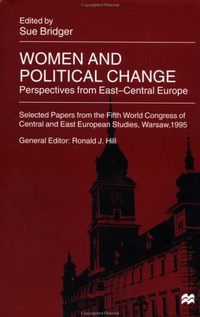
-
 Women and Recession
Women and Recessionby Jill Rubery
-
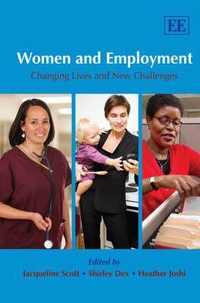 Women and Employment: Changing Lives and New Challenges
Women and Employment: Changing Lives and New Challengesby Jacqueline Scott
-
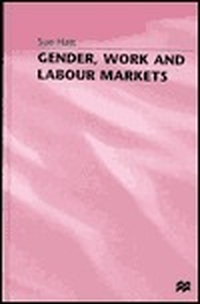 Gender, Work and Labour Markets
Gender, Work and Labour Marketsby Sue Hatt
-
 Women and Population Dynamics: Perspectives from Asian Countries
Women and Population Dynamics: Perspectives from Asian Countriesby Kuttan Mahadevan
-
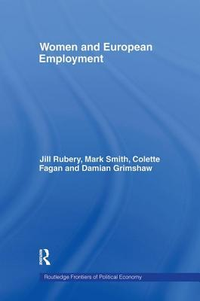 Women and European Employment
Women and European Employmentby Colette Fagan
-
 Changing Life Patterns in Western Industrial Societies (Volume 8)
Changing Life Patterns in Western Industrial Societies (Volume 8)by Janet Zollinger Giele
-
 Economic Consequences of Divorce: The International Perspective
Economic Consequences of Divorce: The International Perspectiveby Mavis Maclean